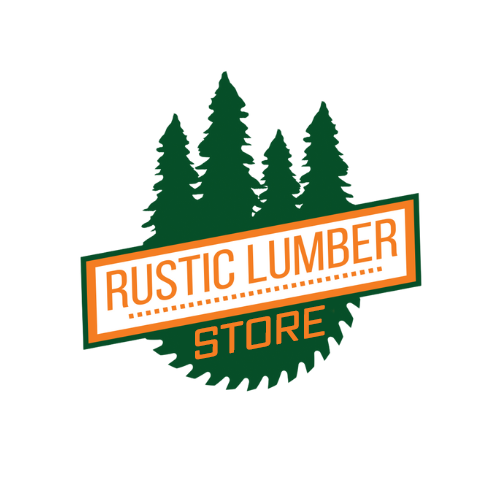
Hard coating finish or hand rubbed oil finish?
There are many different wood finishes out there and methods of applying them. The most are layered finish like lacquer and urethane and traditional hand rubbed oils. Now with in those categories there are many different products.
Common layered coatings are lacquer, varnish, urethane and shellac, oil based, solvent based and water based. Solvent and oil based are more old school based finishes that typically produced the smoothest finishes. Those finishes came with a cost with high smelly VOC and clean up with lacquer thinner and paint thinner. Water based finishes have taken leaps and bounds with quality and durability. New water based finishes are high tech with lots of new age polymers. The great thing about water based finishes are they're very low VOC and virtually no lingering smells, also you can clean up with water. Coating finishes are very durable and permeant coatings. Coating finishes can be chosen from flat to high gloss sheen. Once it's applied you will not need to re-finish it every so often. The only down side is when the finish gets damaged it takes more work to repair it as sanding is required.
Spray finishes are quick, durable and long lasting protection. The downside is you need a controlled environment. That means a designated dust free room with filtered ventilation. Along with that you'll need typically expensive spray equipment. You can apply coating products with a brush but it will be a much slower process and will not produce as smooth of a finish.
Oil rubbed finish are the other common finish. There are traditional products like Tung oil, bees wax, Danish oil and a few more. Those are proven original finishes used for hundreds of years. Now days there are new options of more advance oils like Rubio monocoat, osmo oil and the new Blackforest wood products oil and ceramic coating. These finishes are high performance oils that are typically not food safe. Other great high performance food safe option is Odies oil and waxes. Oils are typically more natural look, looking for matte to satin sheens. Oils require maintance coats through out it's lifetime but with that you can renew the finish when it get worn down.
Oil finishes are a little more diy and can be done with less designated space. Oil finishes can be applied right in the middle of your shop. They won't have lingering atomized product in the air because it's applied by hand. You don't have to have perfect dust controlled space as you rub on and rub off the oils. Oil is simply applied with buffing pads and lint free rags.
So how do you know what finish to use. Well that all depends on your shop set up, how much you want to be invested, how much production you need done. If you need a extremely durable coating or a more natural maintainable finish.
Also what you're applying over is relevant to your selection. Harder woods work better for oil finish as it doesn't absorb so much into the wood and spills are less likely to stain the wood. Soft woods you can build better protections with coating finishes building up layers that permanently seals the wood pours. Tables or other projects with large epoxy work, oils are better suited. Oils will have no spray or brush texture so the epoxy will look better and more natural. If you're making cutting boards you'll want to be certain the oils you use are food save. Coating finishes are better suited for solid wood table with no more epoxy than just for crack repairs.
My professional opinion. When I build solid wood tables I'll sand the wood up to 180 grit and I like to use Target Coating em9300 water based urethane. I'll apply 2 coats of sanding sealer sanding 400 grit in between coats. I then apply 3-4 coats of the urethan of the customers choice of sheen. On epoxy tables I'll sand up to 500-2000 grit and use Odies oil, Rubio monocoat and will soon be trying out Black forest wood company's oil and ceramic coating. If you have any questions about wood finishing please feel free to reach out to us anytime!
